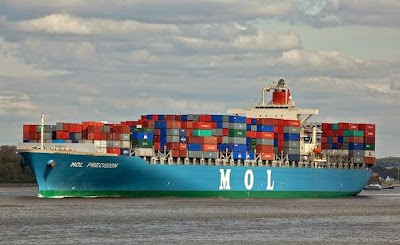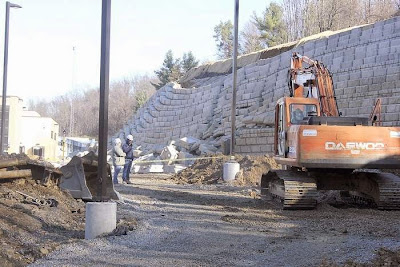CLEVELAND — Coast Guard personnel responded to numerous boater distress calls during the weekend, assisting 20 boaters between Lake St. Clair and Oswego, New York.
At about 2:15 p.m. Saturday, a search-and-rescue coordinator at Coast Guard Sector Detroit responded to a distress call over VHF-FM channel 16 from boaters aboard a disabled 17-foot pleasure craft near Locust Point in the vicinity of Marblehead, Ohio. The boaters, two adults and one child, reported the problem but then lost communications with Sector Detroit. The SAR coordinator directed the launch of a rescue crew aboard a 25-foot response boat from Station Toledo, Ohio. The rescue crew arrived on scene, took the boat in tow and safely towed the boaters to Wild Wings Marina.
At about 5:15 p.m. Saturday, a SAR coordinator at Coast Guard Sector Buffalo, New York, responded to a mayday broadcast that came across VHF-FM channel 16 from boaters aboard a 34-foot pleasure craft off of Fairhaven State Beach in Lake Ontario. The boaters, one adult and three children, reported their boat taking on water. The SAR coordinator issued an urgent marine information broadcast, to which a good Samaritan boat responded.
A rescue crew from Coast Guard Station Oswego, New York, aboard a 45-foot response boat also responded. The good Samaritan boater arrived on scene first, took the boat in tow and met up with the rescue crew a short time later. The rescue crew took over the tow and started dewatering the boat with a P-6 dewatering pump. The boat was towed to Fairhaven Marina. The cause of the flooding was determined to be ruptured bellows to the stern drive.
At about 5:50 p.m. a Coast Guard rescue crew responded to the report of a disabled boat with three people aboard in the vicinity of Luna Pier, Michigan. A SAR coordinator issued a broadcast and directed the launch of the rescue crew from Station Toledo. Due to worsening weather and lake conditions, the boaters were deemed to be in distress.
A commercial salvage company arrived on scene to assist the boaters before the Coast Guard arrived on scene.
Sector Detroit issued another urgent broadcast at about 6:15 p.m. to assist four boaters in Lake St. Clair near 9 Mile Road, to which a good Samaritan boater responded and assisted.
A Station Toledo rescue crew located and assisted a family of five Saturday evening after the family got stranded on an unknown island during a heavy rain storm. At a little after 6 p.m. the family notified Sector Detroit via cell phone they were in trouble. The communication was broken and eventually lost. The SAR coordinator used local knowledge of the region to narrow down the search area to either Grassy Island or Turtle Island in Lake Erie.
A rescue boat crew and a Dolphin helicopter crew were dispatched to begin the search. A SAR coordinator at the Coast Guard 9th District in Cleveland pinged the cell phone and received two recent positions. The rescue boat crew located the family and escorted them safely to Cullen Park, Ohio.
The Coast Guard also responded to several false alerts, including one Friday afternoon during which a child’s voice was heard over the radio stating, “Hello? Please help, please help. Hello?” Helicopter and boat crews conducted three searches covering 182 square miles. No distress was found, and the search was suspended. The call came from a radio tower in Sandusky, Ohio.
Two boaters were also cited during the weekend for marijuana possession.
Another boater received a federal ticket for boating under the influence of alcohol after being boarded by a Coast Guard law enforcement team from Station Belle Isle, Michigan. The boater had blood alcohol level of .141, more than double the legal limit.




